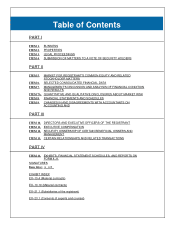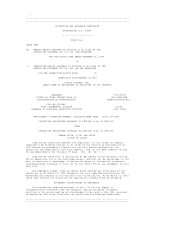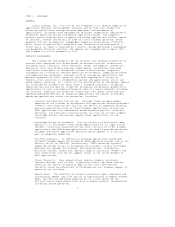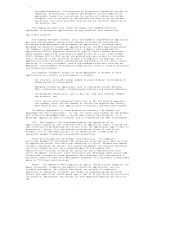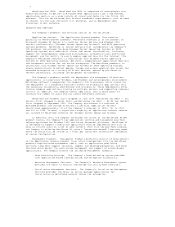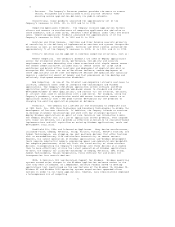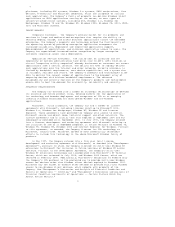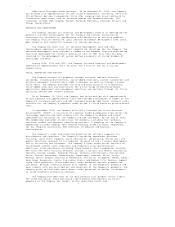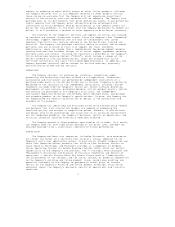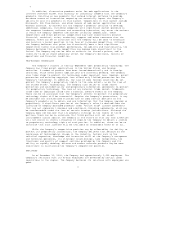Citrix 2000 Annual Report Download - page 5
Download and view the complete annual report
Please find page 5 of the 2000 Citrix annual report below. You can navigate through the pages in the report by either clicking on the pages listed below, or by using the keyword search tool below to find specific information within the annual report. 3
− Extended Enterprise. The extension of enterprise information systems to
suppliers, distributors, customers and prospects creates application
deployment issues that are outside the control of information systems
managers, such as the quality, performance and security of the network
connection, the client platform involved and the technical expertise of
the external user.
The Company believes that these challenges have impeded effective
deployment of enterprise applications to many essential user communities.
THE CITRIX SOLUTION
The Company develops, markets, sells and supports comprehensive application
delivery and management software that enables the effective and efficient
enterprise−wide deployment and management of applications, including those
designed for Microsoft Windows(R) operating systems and UNIX Operating Systems.
The Company's products enable organizations to deploy and manage certain
applications without regard to location or type of client hardware platforms.
These products operate by executing the applications on a multi−user Windows
NT(R), Windows 2000 or UNIX server and provide end−users access to the server
from a variety of client platforms through the Company's ICA protocol. This
approach minimizes the memory and processing requirements of the client system,
resulting in a highly scaleable, secure and bandwidth−efficient solution for
deployment and management of enterprise applications across a range of platforms
and network environments.
The Company's products enable the broad deployment of Windows or UNIX
applications in a variety of environments, including:
− The Internet, accessed through widely−available browser technologies or
corporate portal technologies;
− Emerging information appliances, such as hand−held wireless devices,
PDAs, information kiosks, Windows−based terminals and network computers;
− Low−bandwidth connections, such as dial−up, wide area networks ("WAN")
and wireless; and
− Intel and non−Intel based platforms, such as 486 and Pentium computers
and laptops, which are not capable of running the applications locally,
UNIX workstations, Java applications, X−Terminals and Macintosh systems.
To address deployment in these diverse environments, the Company has
developed four key technologies: (i) ICA, (ii) multi−user Windows NT and Windows
2000 extensions developed under a source code license from Microsoft, (iii)
NFuse(TM) application portal software, and (iv) MetaFrame for UNIX technologies.
ICA. The Company's ICA technology enables the separation of an
application's graphical user interface from the application logic, allowing the
user interface to be displayed on a client while the application logic itself is
executed on a server. This distributed architecture allows 16− and 32−bit
Windows, Java or UNIX applications to run remotely over a wide range of
connection speeds, including low−bandwidth connections.
Multi−User Windows NT and Windows 2000 Extensions. The Company's
multi−user Windows NT and Windows 2000 extensions allow multiple users to share
an application server, with each user receiving a "virtual" Windows environment
through a dedicated ICA session. The systems management and security extensions
are fully integrated with the standard Windows NT and Windows 2000
administrative features, allowing for consistent and integrated multi−user
server management facilities. These extensions were developed under source code
license and strategic alliance agreements with Microsoft and licensed back to
Microsoft under the terms of a development agreement with Microsoft as described
below in "Strategic Relationships."
NFuse. The Company's NFuse application portal software gives companies the
power to securely integrate and publish interactive applications into any
standard web browser. With NFuse, businesses can enhance the computing
experience of employees, customers and vendors by aggregating personalized
content and application access based upon a user ID or profile while maintaining
the security, performance and scalability when deploying applications over the
web.
3


